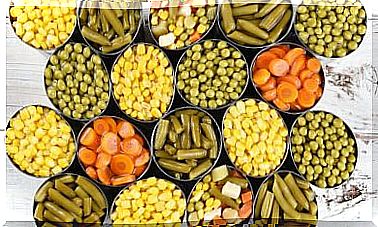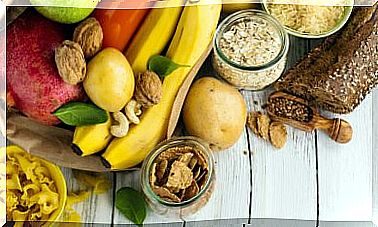Low-fat Menu For Young People
If you want to improve your figure and your diet, it is convenient that you start planning a low-fat menu with balanced meals.
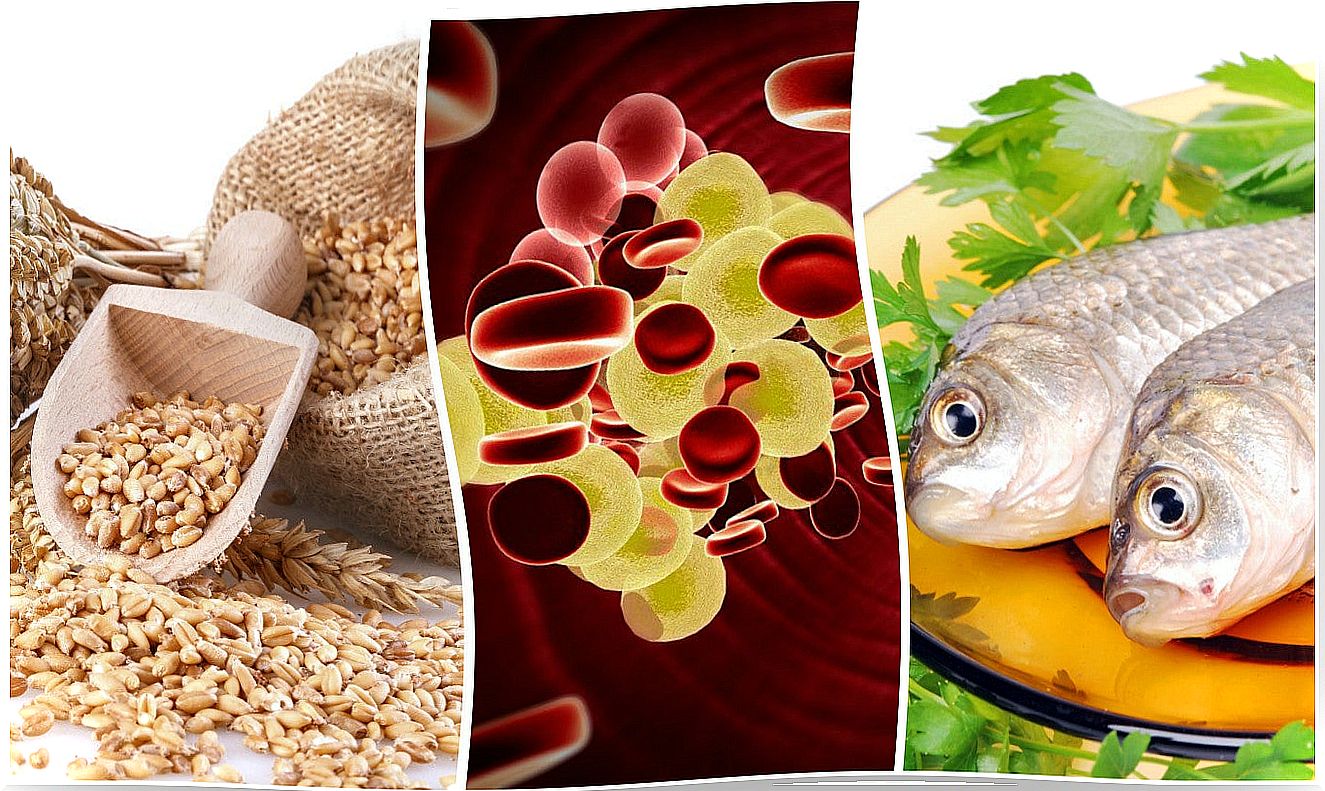
Eating a low-fat menu is one of the keys to maintaining a healthy weight. For this reason, more and more young people are interested in knowing how to design balanced and reduced calorie meal plans.
It is true that it is not easy to change your eating habits overnight. However, there are some simple strategies that can be gradually incorporated into the routine to limit the intake of harmful foods and opt for lighter and organic dishes.
Cutting down on fat doesn’t have to be synonymous with starvation or restrictive dieting. In fact, the idea is to learn to choose sources of “healthy fats” that provide many benefits to the body. How to start eating better? What should a low-fat menu contain? This time we want to share in detail a weekly menu model so that you can start to improve your diet. Take aim!
The keys to enjoying a low-fat menu
Before knowing in detail the low-fat menu recommended for young people, it is important to know the different types of fat, as well as the foods that contain them. This allows us to understand why not all fats should be eliminated from the diet and how they can be added, in a moderate way, in any meal plan.
Good (unsaturated) fats
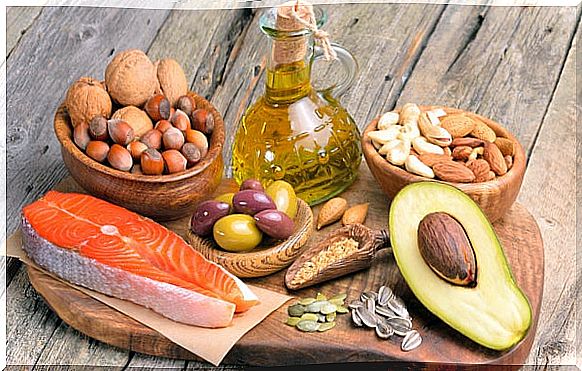
The body, to a certain extent, requires sources of fat to function in optimal conditions. Foods with unsaturated fats, also called “good fats”, are the best option to meet this need without exposing health. Of course, it is not convenient to abuse its consumption, since its caloric content is high and in excess they hinder the functions of the metabolism. A low-fat menu can contain foods like:
- Olive oil
- Nuts and seeds
- Avocado (avocado)
- Coconut oil
- Fatty fish
- Lean meats
Bad (saturated) fats
Unfortunately for everyone, saturated fats are present in many foods that are regularly consumed. It is very difficult to eliminate them entirely from the diet; Despite this, there are some measures that can be implemented to minimize them.
These fats, considered “bad”, increase cholesterol levels, affect metabolism and are related to major heart disease and being overweight. They can be found in foods such as:
- Sausage and pre-made meals
- Butter and vegetable oils (palm, soy, etc.)
- Fatty meats such as bacon, beef, etc.
- Milk and whole dairy
Transgenic fats
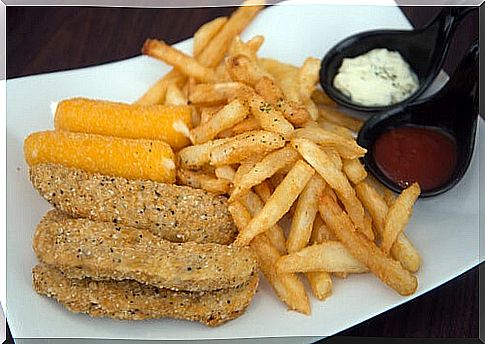
This is the most harmful variety of fat. Its consumption raises the levels of bad cholesterol (LDL) and lowers the good cholesterol (HDL). Unlike the previous ones, they are easier to identify because they are those produced artificially by man.
The ideal is to avoid them completely so as not to ruin the low-fat menu that is proposed as a way to have a better diet. Its sources are:
- Package chips
- Sausage meats
- Pastry and bakery
- Fast foods
- Salty snacks
Sample low-fat menu for young people
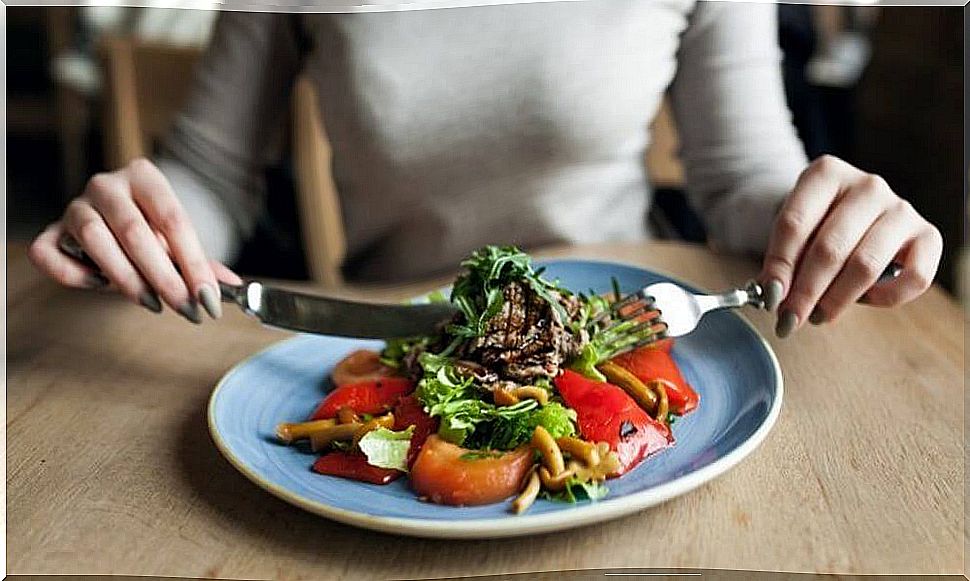
This low-fat menu is recommended for young people because it contains light and balanced foods that can meet the nutritional requirements of this age. It is very easy to apply and it is not a dangerous hypocaloric plan.
Low fat menu for Monday
- Breakfast: A glass of freshly squeezed orange juice and whole wheat toast with tomato and olive oil.
- Lunch: A bowl of green salad, a serving of roasted brisket, and brown rice.
- Dinner: A bowl of chicken broth and spinach tortilla.
For Tuesday
- Breakfast: A coffee with skim milk and a turkey sandwich with lettuce and tomato.
- Lunch: A plate of chickpeas with spinach and a serving of lemon chicken.
- Dinner: A mixed salad and a portion of baked fish.
Wednesday
- Breakfast: A cup of tea to taste and a bowl with granola or assorted cereals.
- Lunch: Green beans with boiled potato and a chicken thigh with artichokes.
- Dinner: A bowl of cream of carrot and a portion of roasted breast.
Thursday
- Breakfast: A glass of fruit juice and a slice of bread with avocado and tomato.
- Lunch: A bowl of green salad and mushrooms with onion.
- Dinner: A bowl of chicken broth and a baked thigh.
Friday
- Breakfast: A glass of orange juice and two whole wheat toasts with olive oil.
- Lunch: A bowl of cream of vegetables and a serving of lean roast beef.
- Dinner: Mixed salad with shredded chicken.
Saturday
- Breakfast: A cup of infusion to taste and half a cup of assorted cereals.
- Lunch: A green salad and chicken fajitas with peppers and onions (no dressings).
- Dinner: Fish broth.
Sunday
- Breakfast: Green vegetable smoothie and a slice of whole wheat bread with tomato.
- Lunch: Tomato and rice salad with vegetables and chicken.
- Dinner: A cup of zucchini cream and a tuna omelette.
Low-fat menu: snacks for the morning and afternoon
- Fruit and vegetable smoothies
- Nuts and seeds (small amounts)
- Fruit salad
- Vegetable milk or low-fat plain yogurt
Low-fat menu: final comments
Do you dare to improve your diet? Follow the example of this low-fat menu and enjoy healthier, lower-calorie dishes. Finally, we recommend you do an analysis a year to control your levels of cholesterol, glucose, etc. Also, if you have more questions about how to improve your diet, talk about it with your trusted nutritionist. Always put yourself in the hands of professionals.
